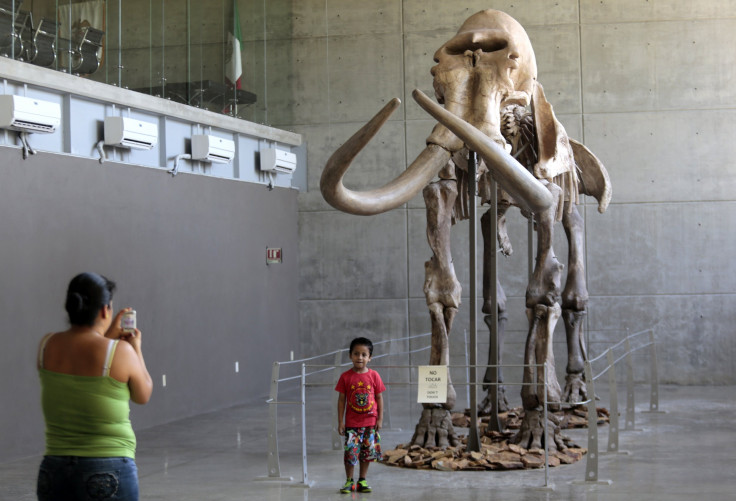Genome Sequencing Reveal How Woolly Mammoth Survived Extreme Cold

In what is said to be the first comprehensive analysis of the woolly mammoth’s genome, scientists discovered widespread genetic changes that helped the pre-historic animal with curved tusks to thrive in the Arctic. The latest findings are described in a study, published in the journal Cell Reports on Thursday.
According to scientists, mammoth genes that are different from their counterparts in modern elephants were responsible for a number of traits, including skin and hair development. As part of the study, scientists managed to “resurrect” a mammoth gene involved in temperature sensation, and tested it.
“This is by far the most comprehensive study to look at the genetic changes that make a woolly mammoth a woolly mammoth,” Vincent Lynch, assistant professor of human genetics at the University of Chicago, and the study’s lead author, said in a statement. “They are an excellent model to understand how morphological evolution works, because mammoths are so closely related to living elephants, which have none of the traits they had.”
Scientists sequenced the genomes of two woolly mammoths and three Asian elephants -- the closest living relative of the mammoth -- and identified about 1.4 million genetic variants unique to woolly mammoths. These variations caused changes to the proteins produced by about 1,600 genes.
In order to understand the functional effects of these differences, the scientists ran multiple computational analyses and found that besides skin and hair development, the mammoth genes were most strongly linked to fat metabolism, insulin signaling, temperature sensation and circadian clock biology -- a system that makes it possible for organisms to coordinate their biology and behavior in the day-night cycle.
According to scientists, all these traits would have been important for woolly mammoths for adapting to the extreme cold and dramatic seasonal variations in the Arctic. However, scientists said that they are not completely confident about the effects of these genes as it is difficult to study them through the genome alone.
“We can't know with absolute certainty the effects of these genes unless someone resurrects a complete woolly mammoth, but we can try to infer by doing experiments in the laboratory,” Lynch said in the statement. “Eventually we'll be technically able to do it.”
© Copyright IBTimes 2024. All rights reserved.












